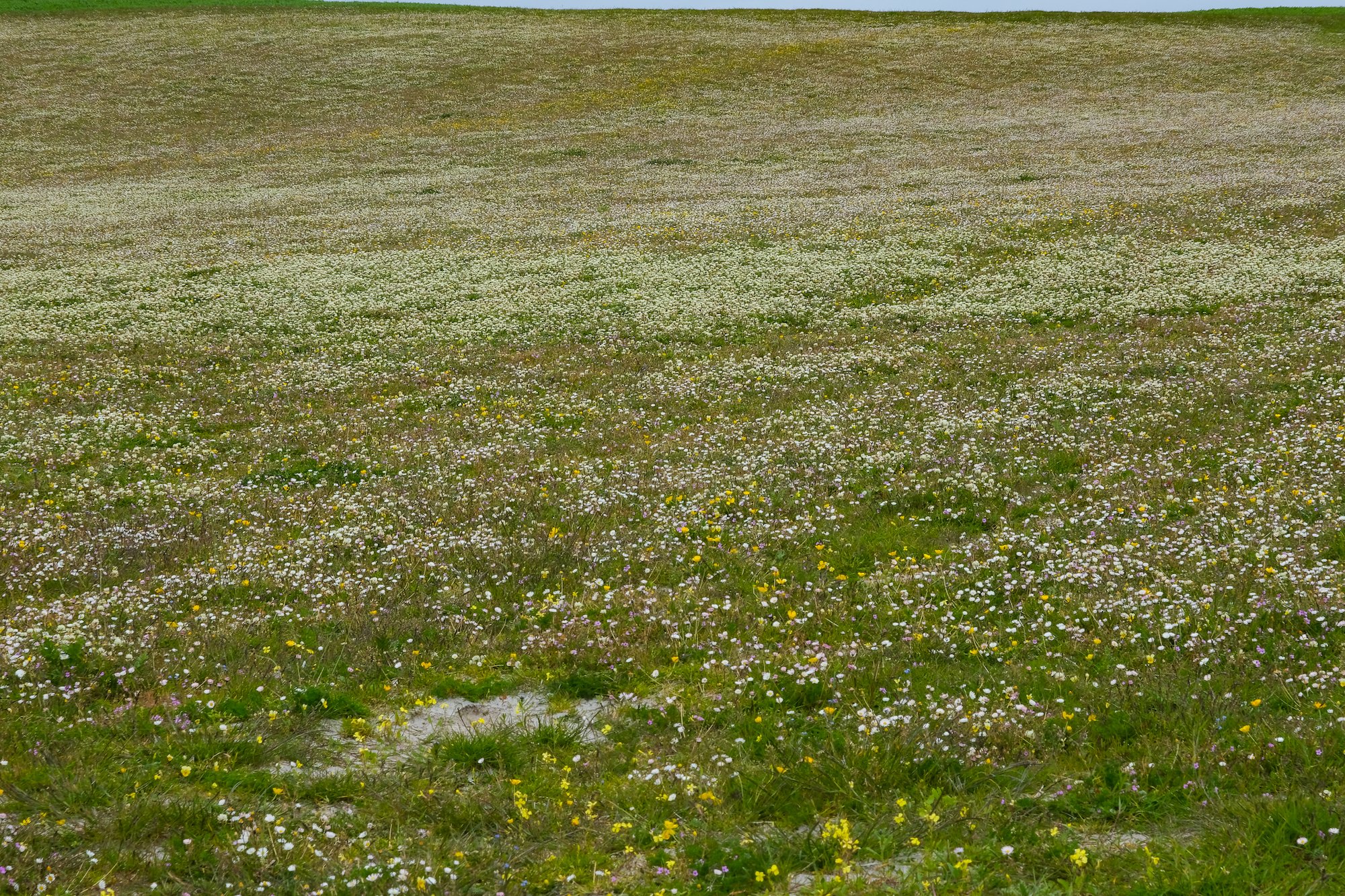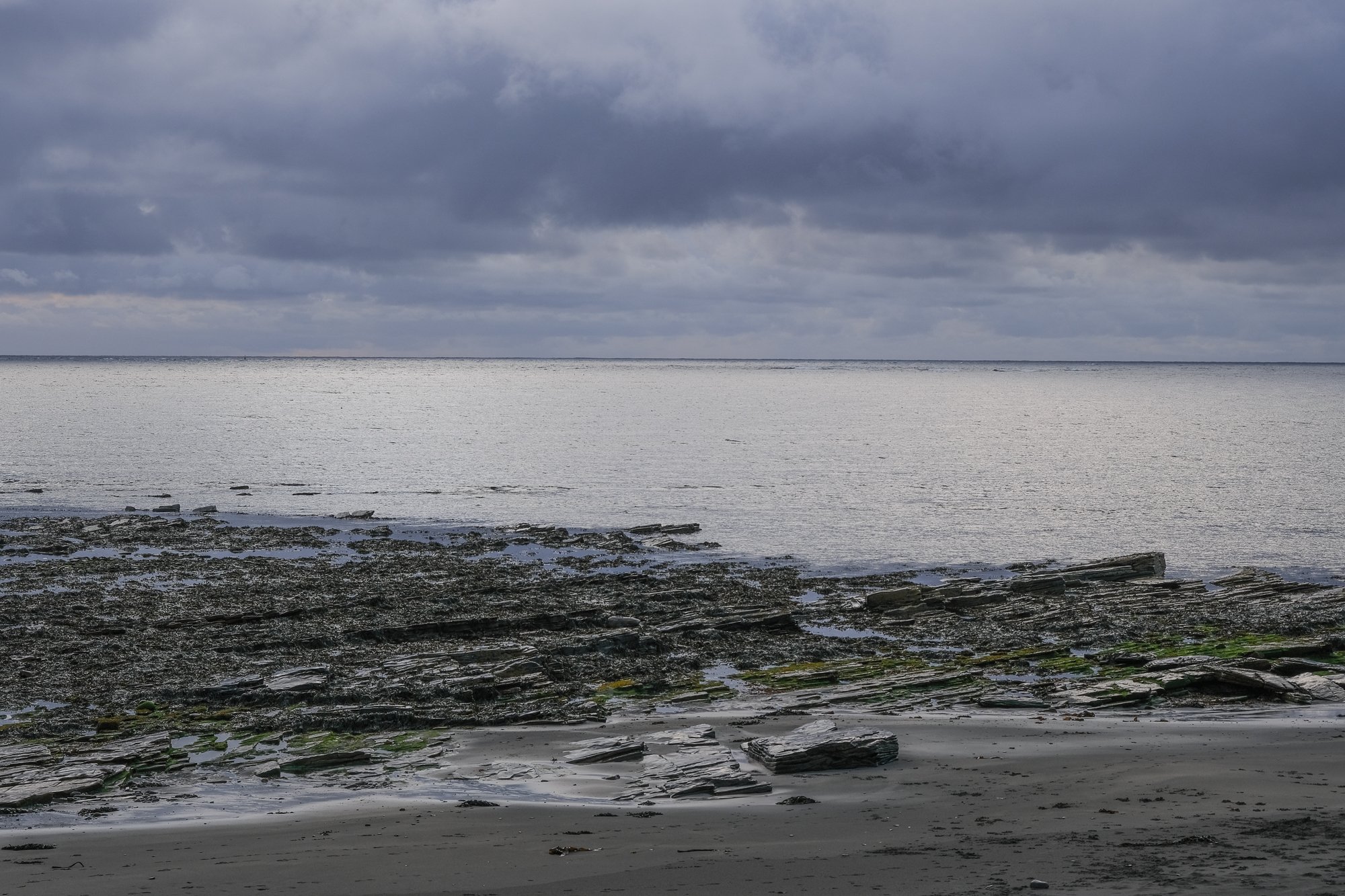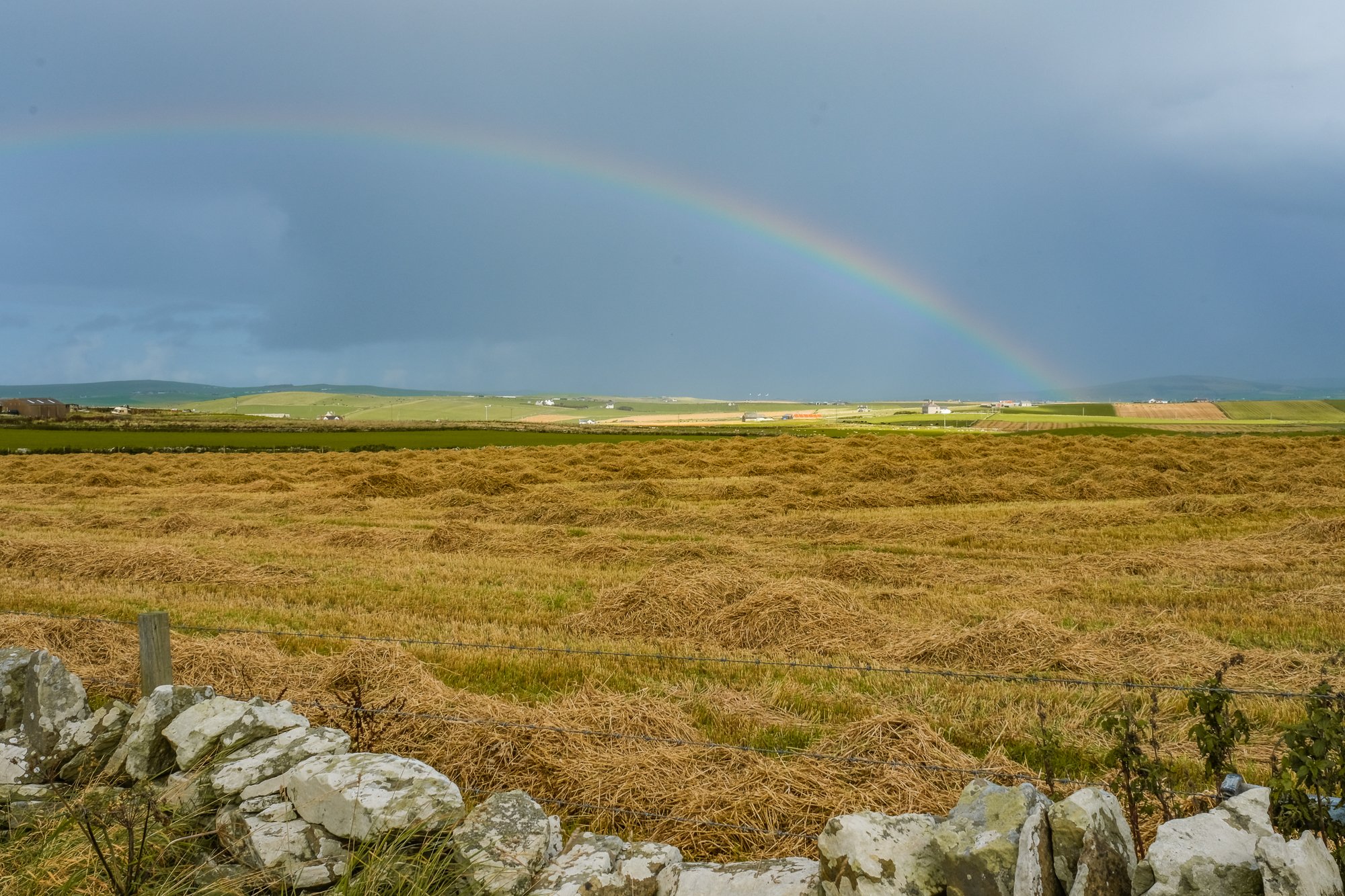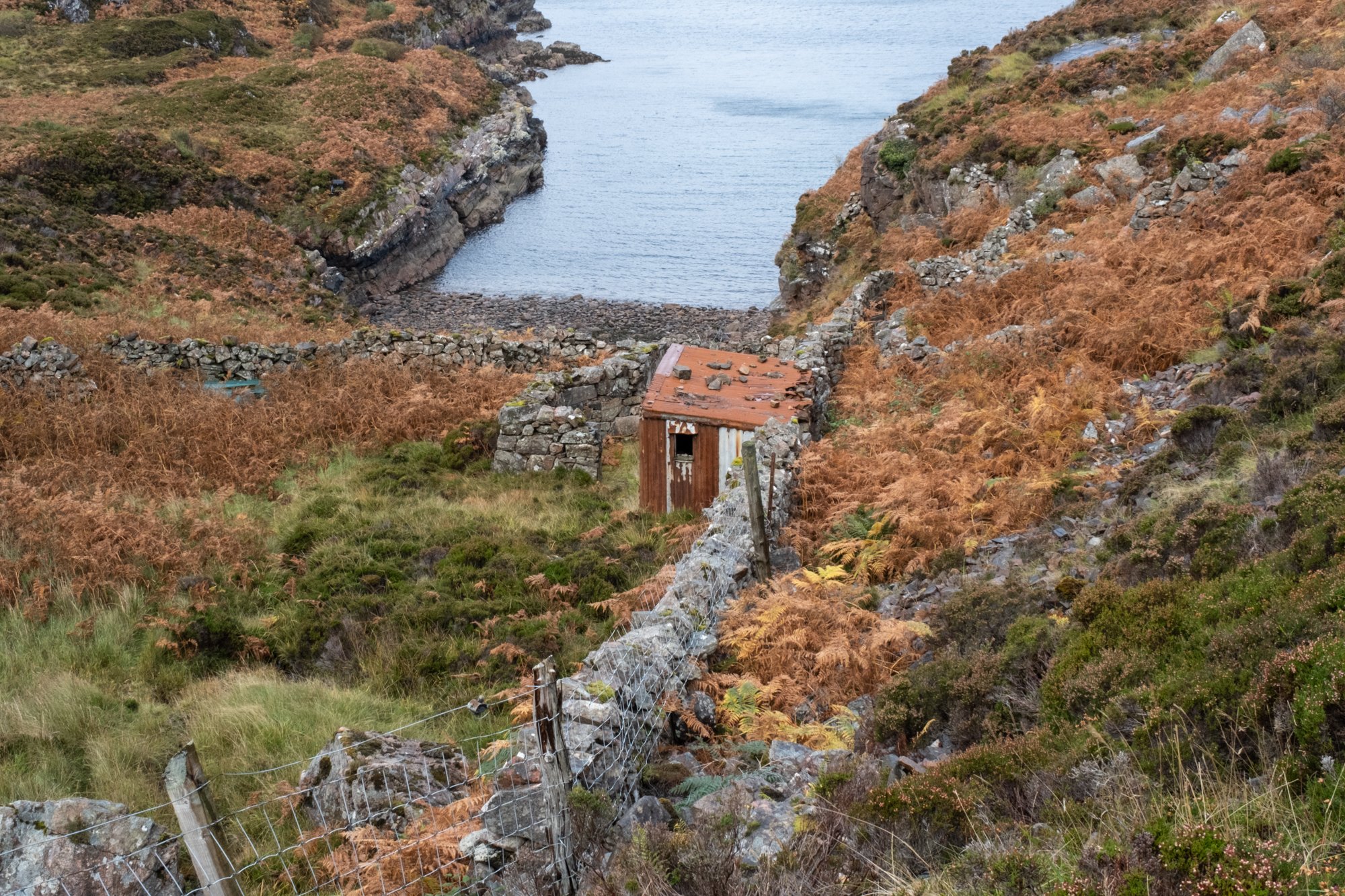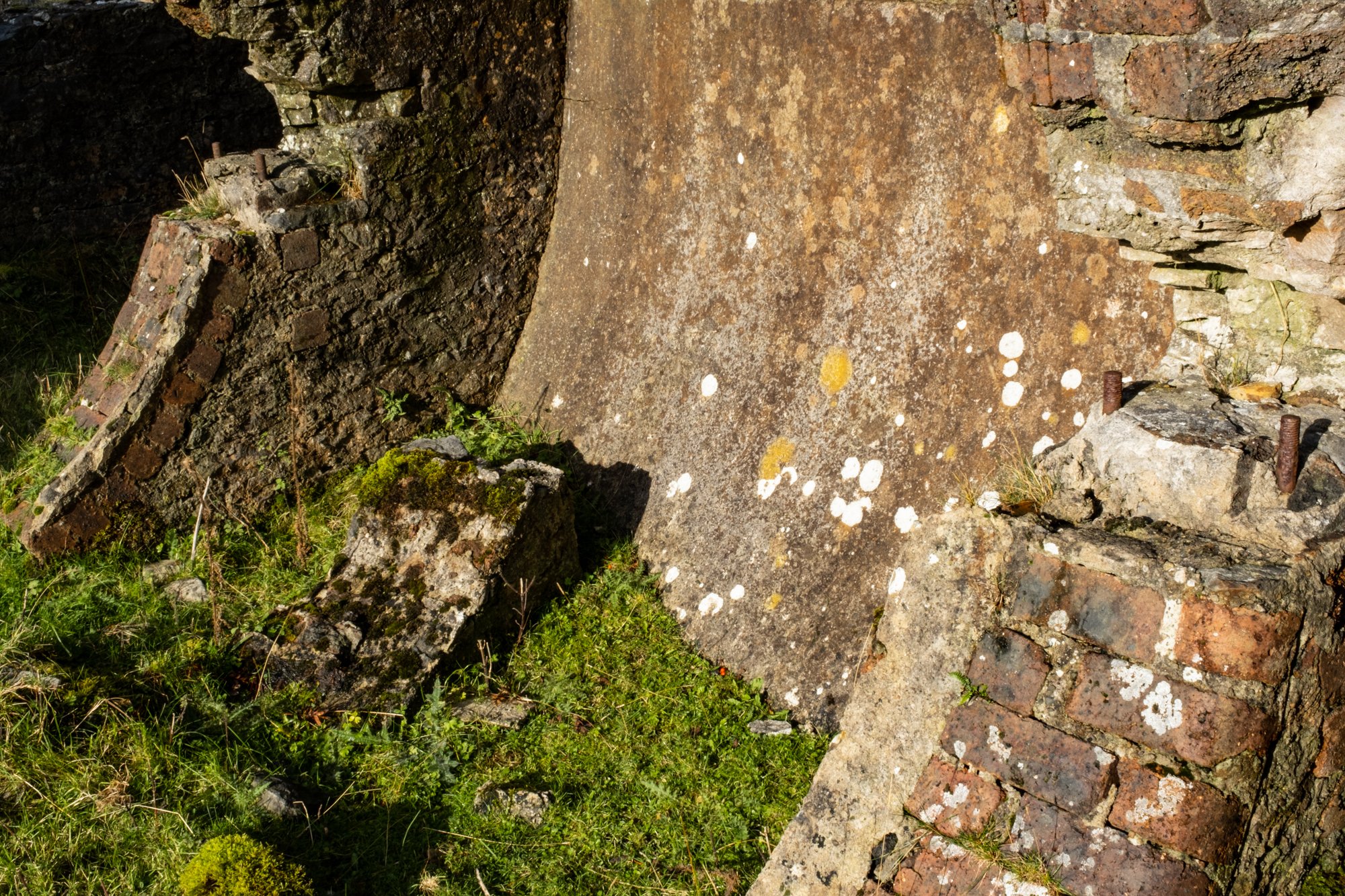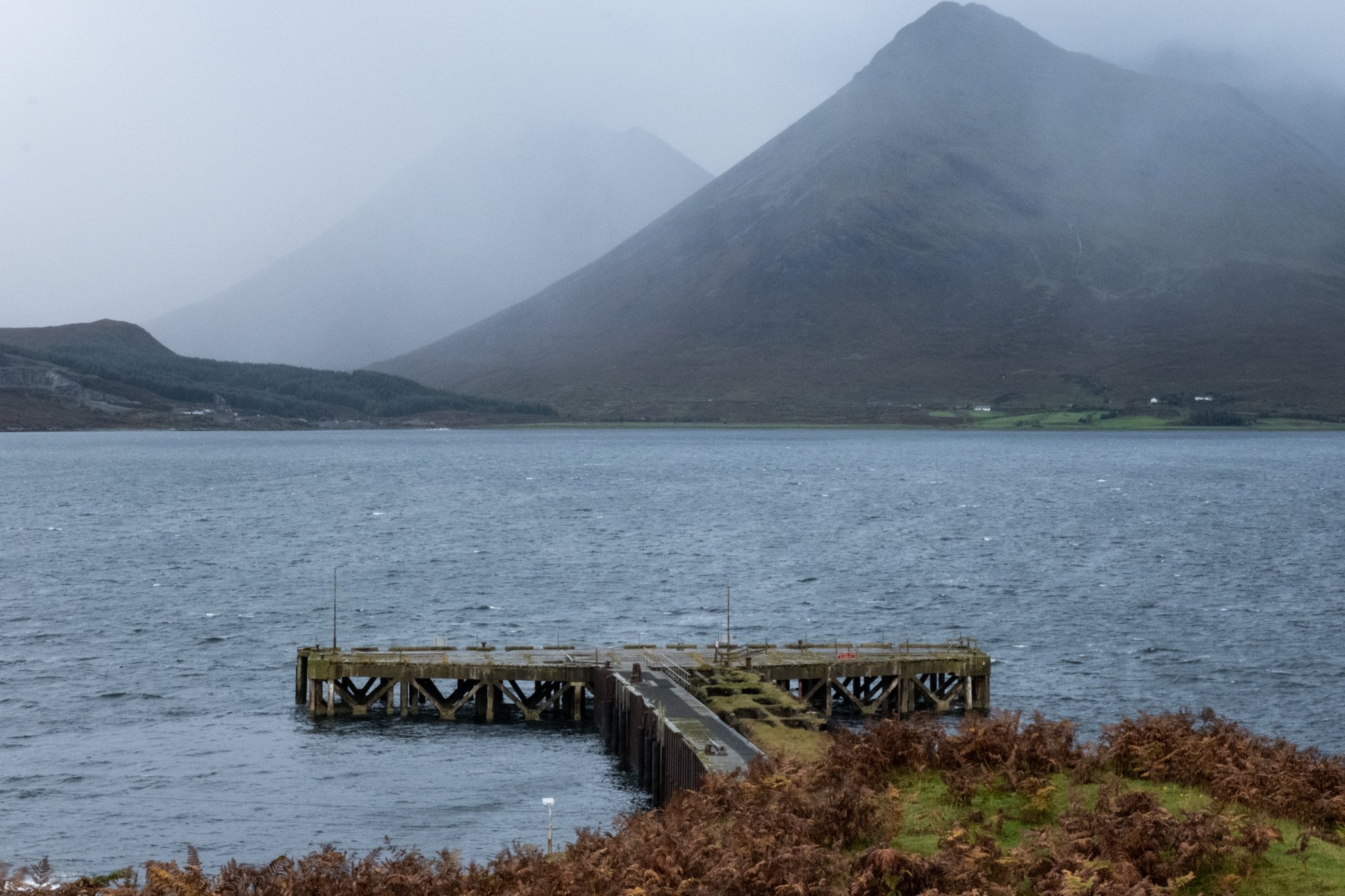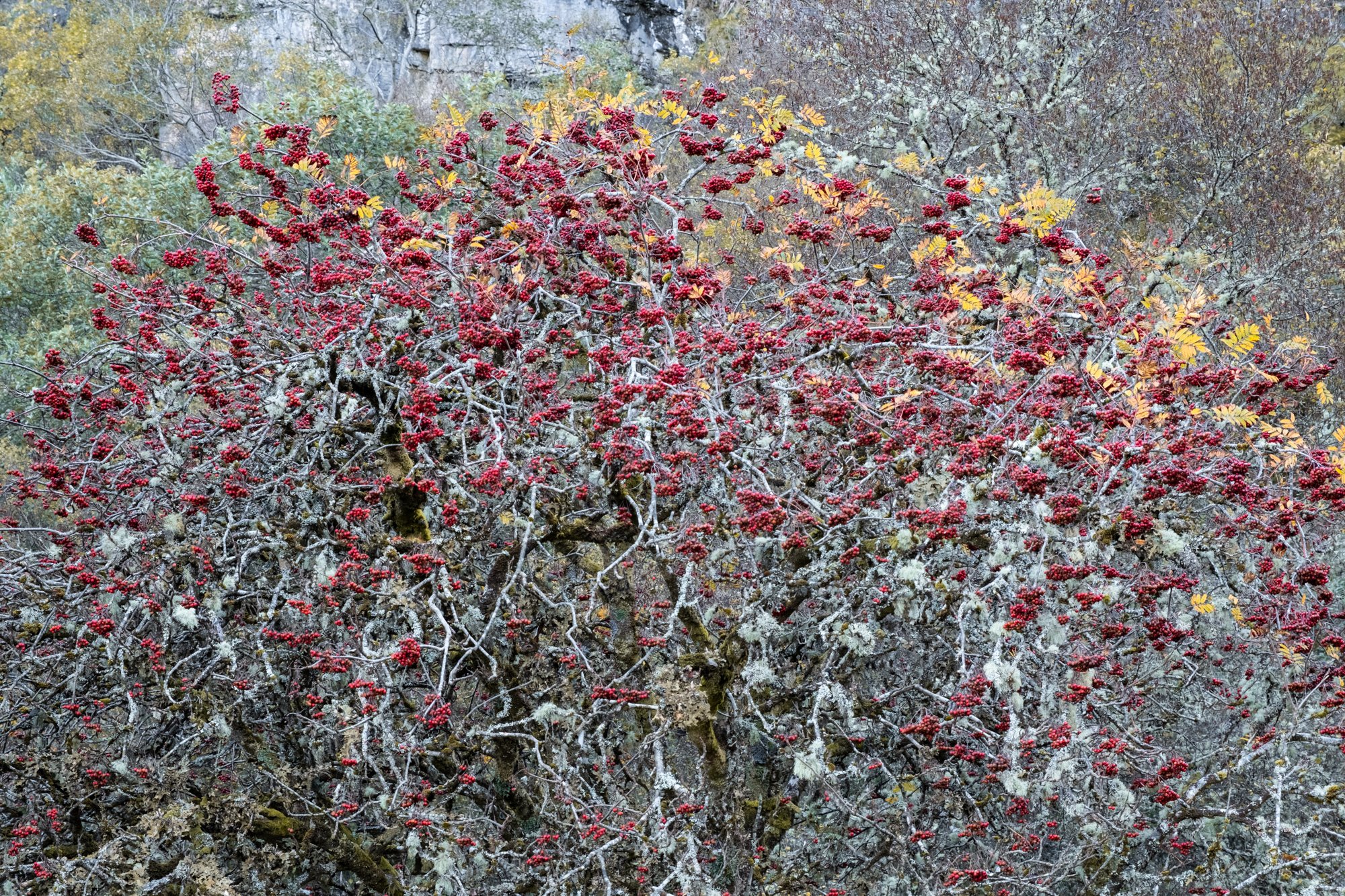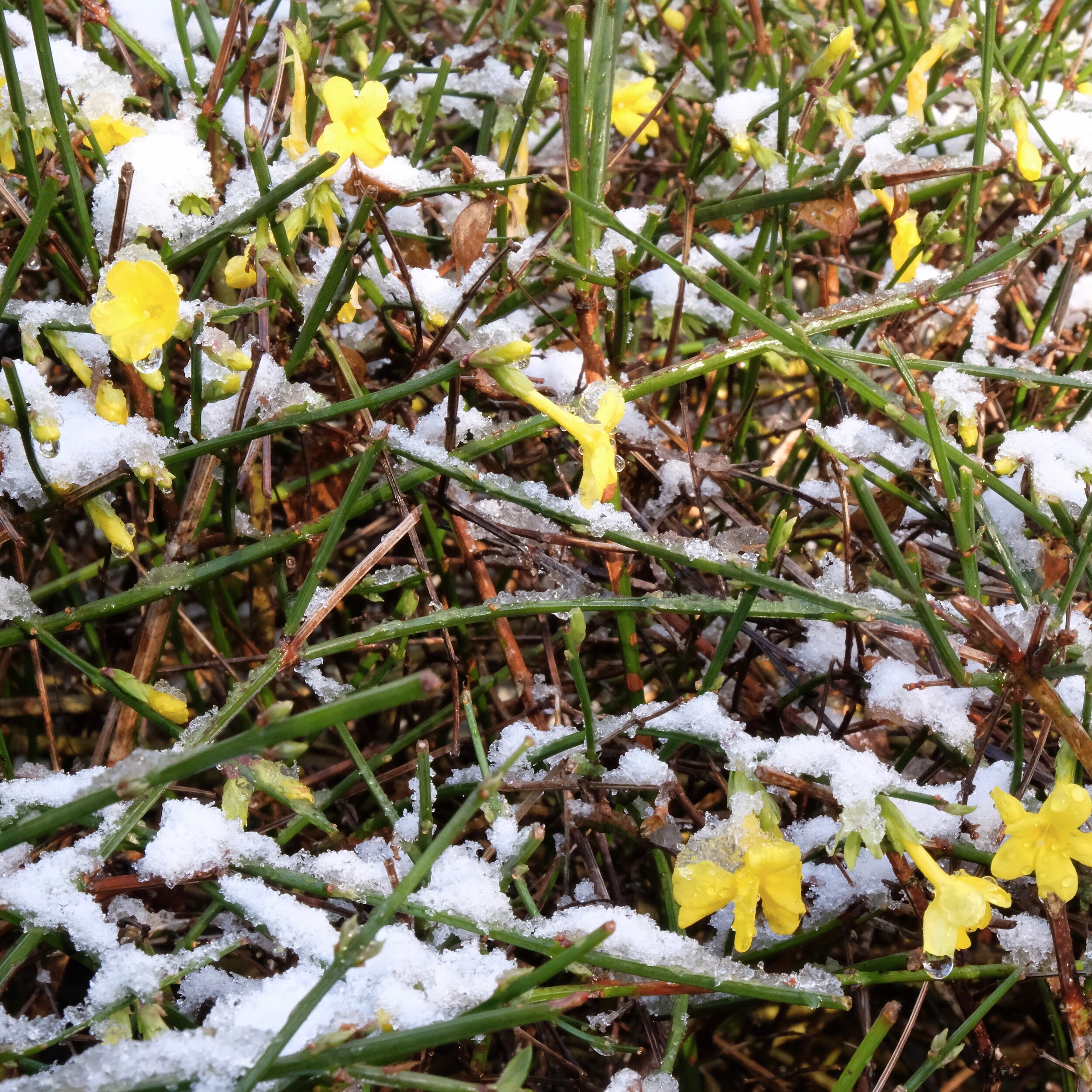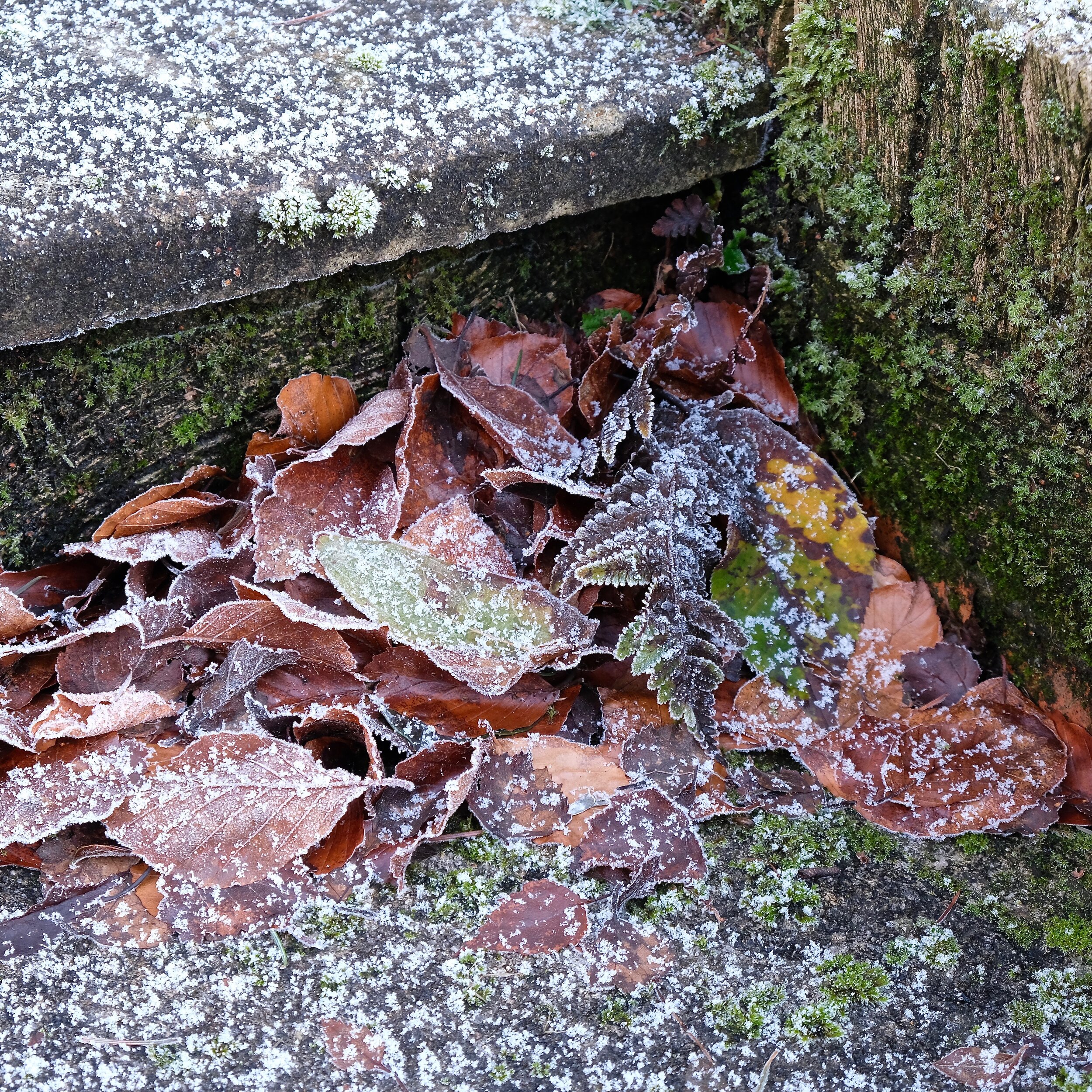‘Temperate Rainforest’ below the Campsie Fells
The old oak, growing on the lower slopes of the Campsie Fells and covered in delicate ‘feather’ moss (Common Tamarisk), points the way further into a tiny fragment of ’temperate rainforest’. In Scotland, temperate rainforest is found in small areas scattered along the western coasts, “…where a wet and mild climate, clean air, and costal and upland ancient forest meet.” (*Plantlife’s CEO, Ian Dunn, writing to launch their 2022 ongoing appeal to ‘Fight for our Rainforests’).
The trees here, such as Hazel, Rowan, Holly and Birch along with the old oaks, are characteristic of this rare type of woodland but according to **Guy Shrubsole, “What really marks out a temperate rain forest is the wealth of epiphytic plants that grow on the trees .” Epiphytes are plants that grow on other plants, in this case, mosses, liverworts, ferns, fungi and lichens.
It is early January 2025, with frost and frozen snow lying on the forest floor and low sunlight penetrating between the trees, hinting at paths to follow into a mysterious world.
There is just enough warmth in the sun, wherever it lingers long enough, to melt the ice crystals fringing the sphagnum moss which accumulates in large mounds in the damp rainforest environment.
I need to work quickly before the rising temperature and the failing light overwhelm the wintery scene before me.
*plantlife.org.uk scotland@plantlife.org.uk
**Guy Shrubsole, ‘The Lost Rainforests of Britain’ published by William Collins 2022






















